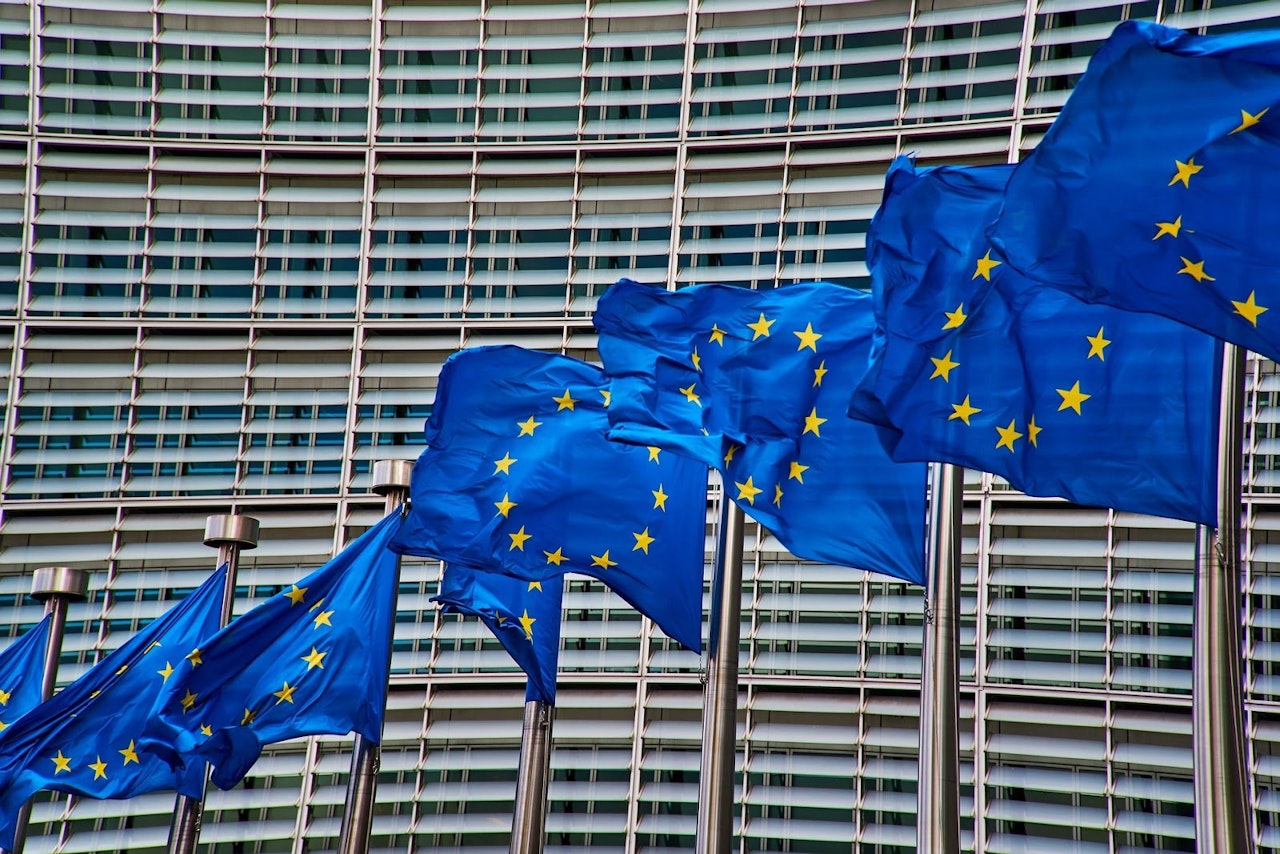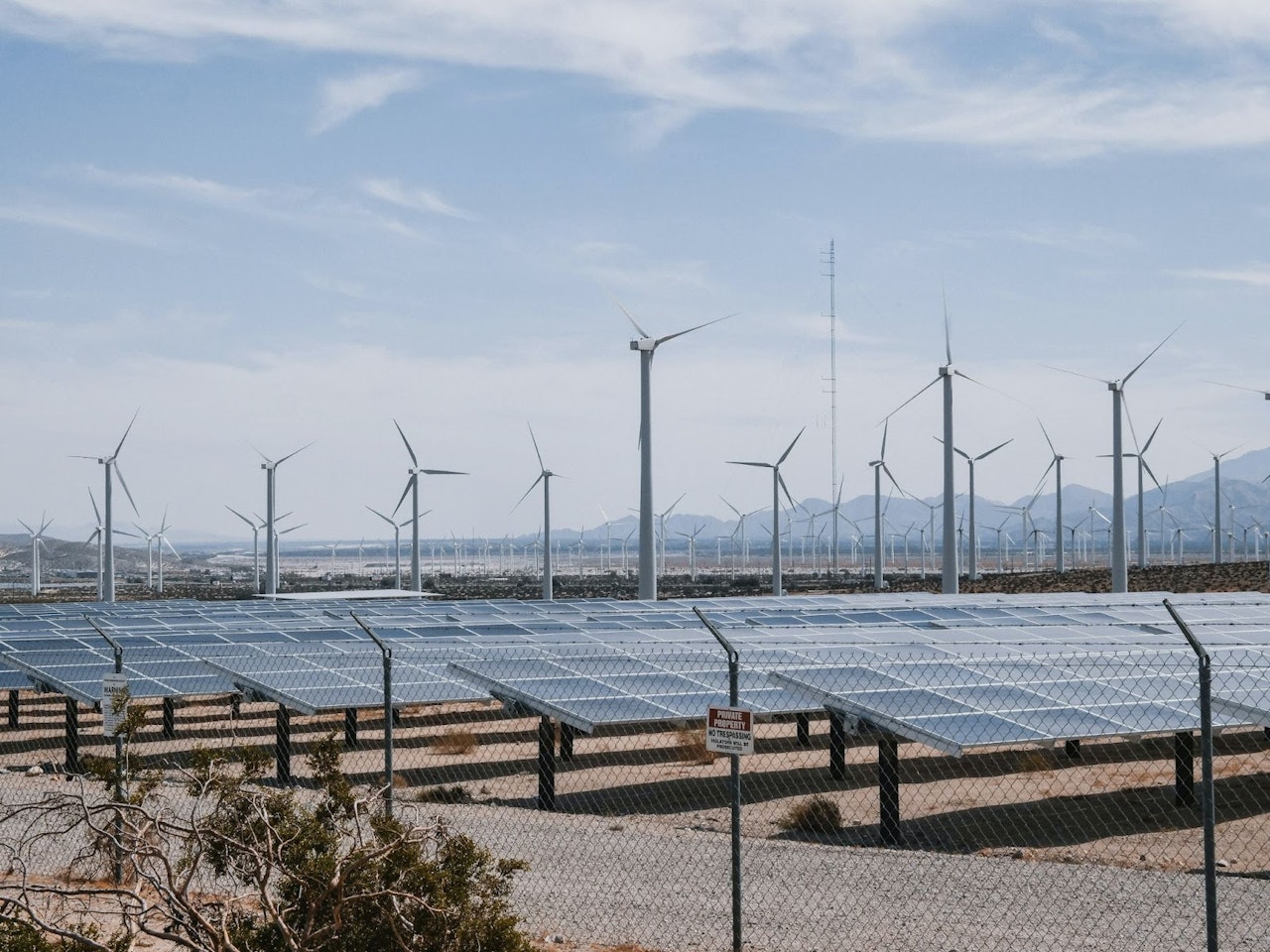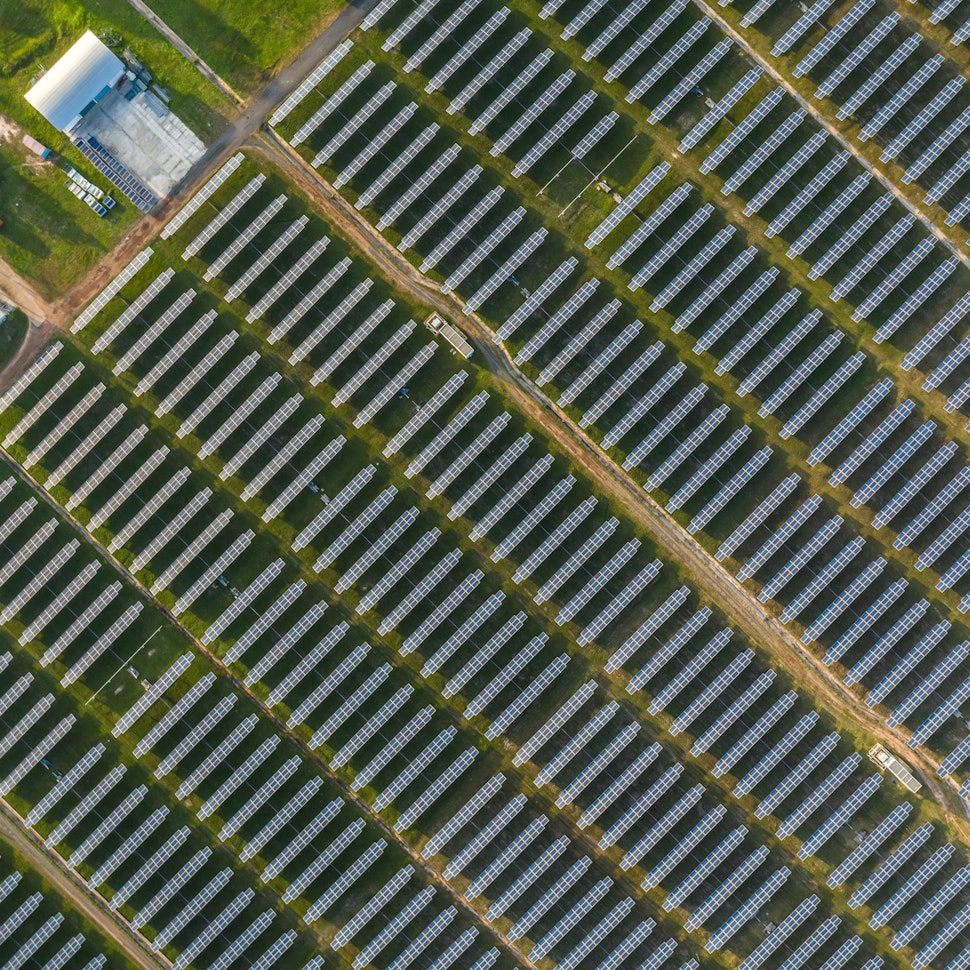- Solar energy blog
- What the US Inflation Reduction Act means to Europe
What the US Inflation Reduction Act means to Europe


Laura Rodríguez
Territory Manager Oceania & Nordics
Laura is a renewable and software industry sales professional, currently working at RatedPower as Territory Manager Oceania & Nordics. With a background in International Business and International Trade, Laura previously worked in the business strategy area in various companies as well as as a market analyst for the Government of Spain in Australia.

Content
Countries around the world are looking to increase their investments in renewable energy and green technology to stimulate economic growth and meet climate goals while reducing reliance on other regions for critical infrastructure.
One of the ways the US is doing this is by spurring domestic investment with the passage of the Inflation Reduction Act (IRA) of 2022.
But what does this mean for the European renewables market and European businesses? And will there be a flight of investment toward the US?
To learn more about what’s in store for 2023, download our Renewable Energy and Solar Research Report to hear the thoughts and predictions of 100 industry experts with regards to the future of the industry and the clean energy transition.

What is the Inflation Reduction Act?
The IRA was signed into law in August 2022, providing $500 billion in new federal spending and tax breaks designed to fund and attract investment in clean energy infrastructure and transportation, provide consumer incentives to reduce emissions, cut healthcare costs, and raise tax revenues from corporations as well as enhanced Internal Revenue Service (IRS) enforcement.
The key energy provisions include:
$394 billion in federal funding through tax breaks, grants, and loan guarantees, broken down as:
$216 billion in tax incentives for corporations to invest in clean energy, transport, and manufacturing
$43 billion in consumer tax credits for electric vehicles (EVs), energy-efficient appliances, rooftop solar panels, geothermal heating, and home batteries
$82 billion in grants
$40 billion in loans
$13 billion in federal operations, including $12 billion for the US Department of Energy’s Loan Program Office to expand its loan authority tenfold and create a new loan program to upgrade energy infrastructure
Manufacturing facilities will only receive full tax credits if they meet wage and apprenticeship requirements
Manufacturers must procure a scaling percentage of critical minerals from North America or a country that has a free-trade agreement with the US
Batteries for electric vehicles must be manufactured or assembled in North America
Clean energy tax and product credits can be combined with the $70 billion in technology and demonstration projects funded under the Bipartisan Infrastructure Law to unlock $370 billion over 5-10 years
Five US government agencies will handle 96% of the funding. The Treasury Department will be responsible for more than $250 billion, given the large provision of tax credits. The Department of Agriculture, the Department of Energy, and the Environmental Protection Agency will manage a total of $120 billion for climate, environmental justice, conservation, and resilience programs.
The Department of Health and Human Services will handle more than $100 billion in subsidies to extend healthcare coverage.
Clean electricity and transmission will receive the largest share of the funding, followed by clean transportation, including electric vehicles.
The IRA is estimated to cut US budget deficits by $237 billion over the next ten years.
What does the IRA mean for the European Union (EU)?
While it is encouraging to see the US moving to take the lead in the fight against climate change, it has also prompted vigorous debate among EU officials within the European Union. The scope of the IRA’s clean energy incentives has raised concerns that it will draw investments away from Europe as manufacturers and technology developers opt to locate their projects in the US.
For example, German carmaker Volkswagen has paused its plans to build an EV battery plant in Eastern Europe while prioritizing a project in North America where it could receive €9-10 billion in subsidies.
To learn more about the challenges associated with independent power producers (IPP) opting to sign long-term power purchase agreements (PPAs) with private companies over receiving government subsidies, download our Top challenges for Independent Power Producers eBook.
The European Commission has responded by creating its own legislation to spur local investment, called the Green Deal Industrial Plan. This plan relaxes state aid rules to allow member states to provide more national support to private projects, including tax breaks.
The policy is built on four main principles: a stable and simplified regulatory framework, faster access to funding, skills development, and open trade that enables resilient supply chains.
The plan directs the allocation of existing funds that have already been committed. That includes €500 billion in the Recovery and Resilience Fund (RRF) to help Europe with Covid-19 recovery while reaching its 2050 climate neutrality target and financing under the RePowerEU program for energy independence from Russia.
As part of the deal, member states agreed to shift the State aid Temporary Crisis Framework into a Temporary Crisis and Transition Framework, providing them more leeway in supporting their own industries in developing green technologies.

What are the challenges of the new Green Deal Industrial Plan?
The approach set out in the new Green Deal Industrial Plan has raised skepticism among observers that it needs to go further to offset the impact of the IRA.
By redirecting loans under the Recovery and Resilience Mechanism and REPowerEU, the plan does not provide new financing or grants. And the scope of the legislation remains broad without focusing on specific clean technologies. It is not limited to low-carbon technologies, such as renewables, batteries, or green hydrogen, but also includes biofuels, biogas, carbon capture, and non-renewable hydrogen.
The primary Green Deal measure of lowering state aid restrictions has prompted criticism that it cedes too much control to member states and could result in a race to the bottom. It undermines the concept of the single market with all members acting as a unified body and passes responsibility to individual countries.
As an alternative, there are proposals that a European Sovereign Wealth Fund could provide a cornerstone for a future EU-wide climate investment scheme providing new financing in the form of various financial instruments, from grants to loans, guarantees, and equity participation.
Read our latest blog to learn more about what the US, EU, and Australian governments are doing to improve energy security.
Rated Power facilitates the green transition by helping solar energy developers to identify the most viable projects and optimize investment in power generation. Check our Resources section to learn more about key renewable energy issues.
Latest stories
Related posts
Market analysis
Power where it’s needed: Solving LatAm’s grid instability with distributed solar and storage
Find out how a bottom-up approach is solving LatAm’s grid instability, with community-led solar and storage projects giving people control over their energy.
Updated 29 DEC, 25

Technology and engineering
Outsmarting congestion: How efficient solar design helps navigate Nordic grid limits
Learn how Nordic operators and solar developers are adjusting to tighter grid conditions and how policy and design decisions are keeping projects on track.
Updated 16 DEC, 25

Market analysis
Powering through the peak: Why solar + storage is gaining momentum in MENAT
Discover how MENAT is building a functioning solar economy and why rising peak demand during extreme heat is squeezing its energy architecture.
Updated 11 DEC, 25


- RatedPower
- Solar energy blog
- What the US Inflation Reduction Act means to Europe
 Watch a demo
Watch a demo Ask our AI Product Expert
Ask our AI Product Expert